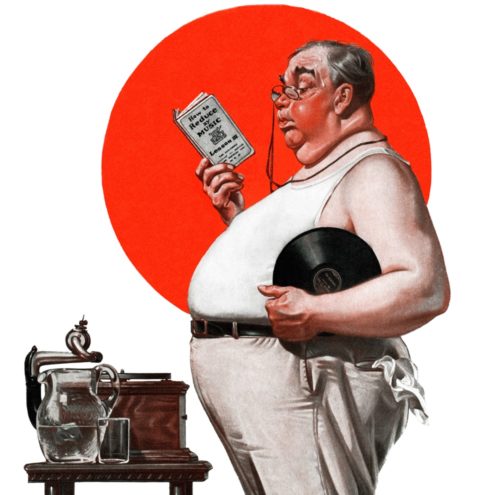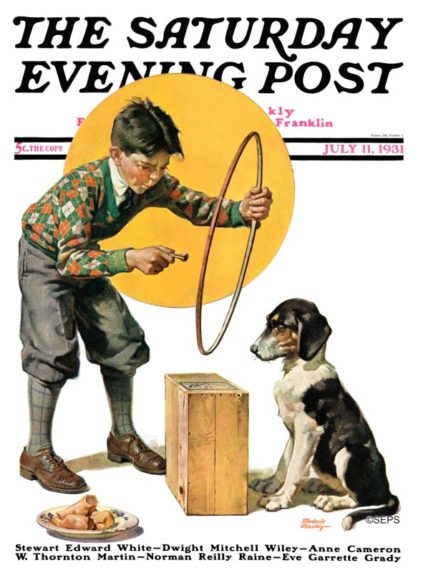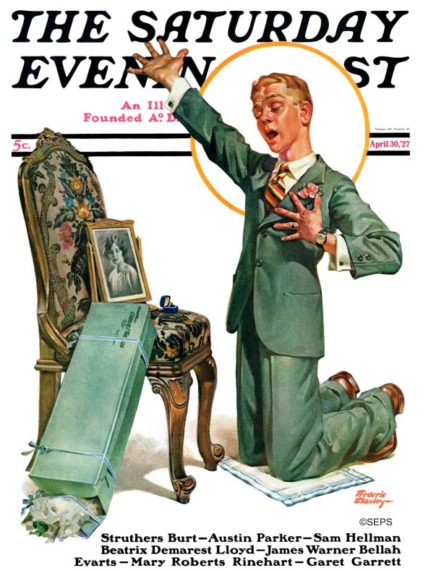Frederic Stanley (1892-1967) was great with facial expressions. Throughout his 17 Post covers, Stanley payed attention to details and typically used locals for his models, much like Norman Rockwell.
His work might never have come to fruition if the self-taught artist hadn’t been willing to take a big risk.
Young Stanley, who worked as a mechanic by trade and created art in his free time, carried some of his paintings to New York with an ultimatum attached: If the paintings sold, he would devote his life to art; if they didn’t, he would remain a mechanic at his brother’s Massachusetts Buick agency. As it turned out, his brother soon had to post a vacancy. Not only did Stanley sell his work, he returned home with a contract for three more pieces.
In the mid-1940s, Stanley took a break from his successful career to recover from meningitis. Penicillin — only recently available to the public — saved his life, but the illness took its toll, and for a year he made no attempts to paint. When he returned to his canvas, he focused on portraiture of prominent citizens. His first client was H. Nelson Jackson, a wealthy physician, who along with Sewall K. Crocker became the first men to drive an automobile across the United States in 1903. Stanley was working on his final portrait of the governor of Florida at the time of his death.




